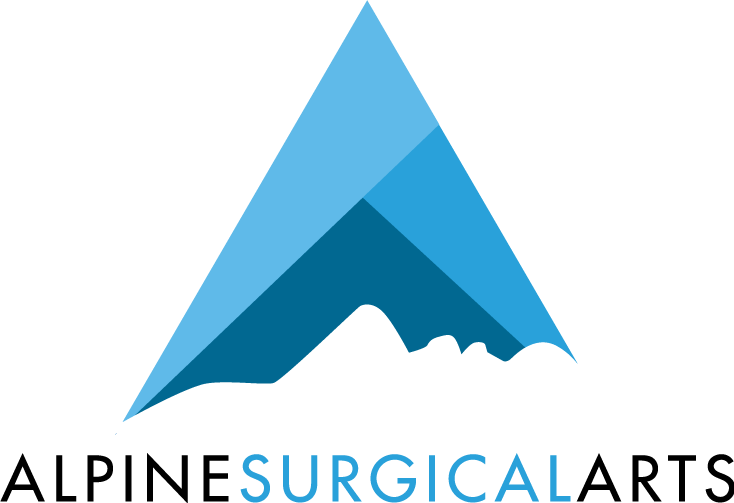Neck Liposuction
Having a fleshy neck can make some individuals feel self-conscious about their appearance. Cervicofacial liposuction can address various cosmetic issues, including lack of definition in the neck and excess fat in the neck.
If you are self-conscious about these issues, you can be considered a good candidate for cervicofacial liposuction. During the liposuction procedure, excess fat is removed from the neck. This results in a more defined neck and jaw line appearance.
How is cervicofacial liposuction done?
Under local anesthesia (and intravenous sedation, if desired), Dr. Bailey or Haghighi will make one or more small incisions near the area to be suctioned. A slim, hollow tube called a cannula is placed through the incision so that the tip penetrates the underlying fat. Then the cannula is connected to the suction pump, and the surgeon moves the cannula back and forth through the fat as it’s vacuumed through the tube. Sometimes the power-assisted liposuction device is used particularly in the areas that have more fibrous tissue.
Where will my cervicofacial surgery be done?
Liposculpting is usually performed in our office surgical suite on an outpatient basis. It’s important that you have another person assist you with your care for the first 24 hours. Surgery time depends on the amount of fat to be removed.
Facelift, Platysmaplasty and Cervicofacial Liposuction
What are the risks of cervicofacial liposuction surgery?
In some cases, patients experience mild scarring from the incisions. However, this is fairly minimal because the incisions themselves are very small. Drs. Bailey and Haghighi attempt to place these incisions in areas that are usually not obvious. Probably the most significant issue with liposuction is the amount of fat to be removed: the more fat removed, the more the risk increases, particularly with regard to bleeding underneath the surface where the liposuction was performed.
The other significant risk factor is related to skin tone. Young people in their 20’s and 30’s tend to have very nice skin tone with good levels of elasticity that allow the skin to retract back into a nice position and contour (the exception is stretch marks from pregnancy). The older the patient, the less likely the skin will have a smooth contour. This is particularly important for patients to realize as they undergo significant volume reductions in fat and need to realize the tradeoff with the possibility of loose skin in those areas. You will have some numbness in the skin areas underneath the areas of liposuction. This is an unavoidable condition of liposuction and almost always improves itself within 3-4 months.
Liposuction can involve complications such as bleeding or infection. There have been many studies done in the area of bleeding and it appears that in general bleeding is directly related to the amount of fat removed. While infection is very rare in liposuction, it can present itself as a very devastating complication. However, because of the sterile technique and type of instrumentation used by Drs. Bailey and Haghighi, this is a very, very rare occurrence. Other extraordinarily rare complications, such as pulmonary embolus, can occur. Again, these extremely rare events would require hospitalization and treatment by other specialists.
How should I prepare for my cervicofacial liposuction surgery?
In your initial consultation, Dr. Bailey or Haghighi will ask you about your goals and discuss the possibilities with you. We can show you, using computer imaging technology, a reasonable approximation of what you may look like after your surgery. You should also look at before and after photographs and speak with previous patients (ask Dr. Bailey or Haghighi for referrals to previous patients and how to contact them).
Dr. Bailey or Haghighi will give you specific instructions on how to prepare for your surgery, including guidelines on physical activity, eating and drinking, smoking, and taking or avoiding certain vitamins and medications. Carefully following these instructions will help your surgery go more smoothly. In addition, it is important that you let Dr. Bailey or Haghighi know about any allergies and serious medical conditions you may have. And be sure you let them know about any medications you’re taking. If you smoke, it’s especially important to stop at least a month before and after surgery.
Here are some questions you should ask:
Are my expectations realistic?
What kind of anesthesia will be used during the surgery?
How much does the procedure cost and what other elements factor into that cost (i.e., facility fee, anesthesia, etc)?
What percentage of patients experience complications with this procedure?
What is the policy in regards to correcting or repeating the procedure if the surgery does not meet agreed-upon goals?
What should I expect, post-operatively, in terms of soreness, scarring, activity level, and so on?
Specifications
Medical Name: Cervicofacial Liposuction
Common Name: Neck Liposuction
Type of Anesthesia: Intravenous anesthesia (twilight sleep) or local anesthesia
Length of Procedure: 1 hour
Recovery Time: 2 weeks
Discomfort Level: Mild
Procedure Location: Our Office Surgical Suite
Have questions? Set up a consultation about neck liposuction with us.



